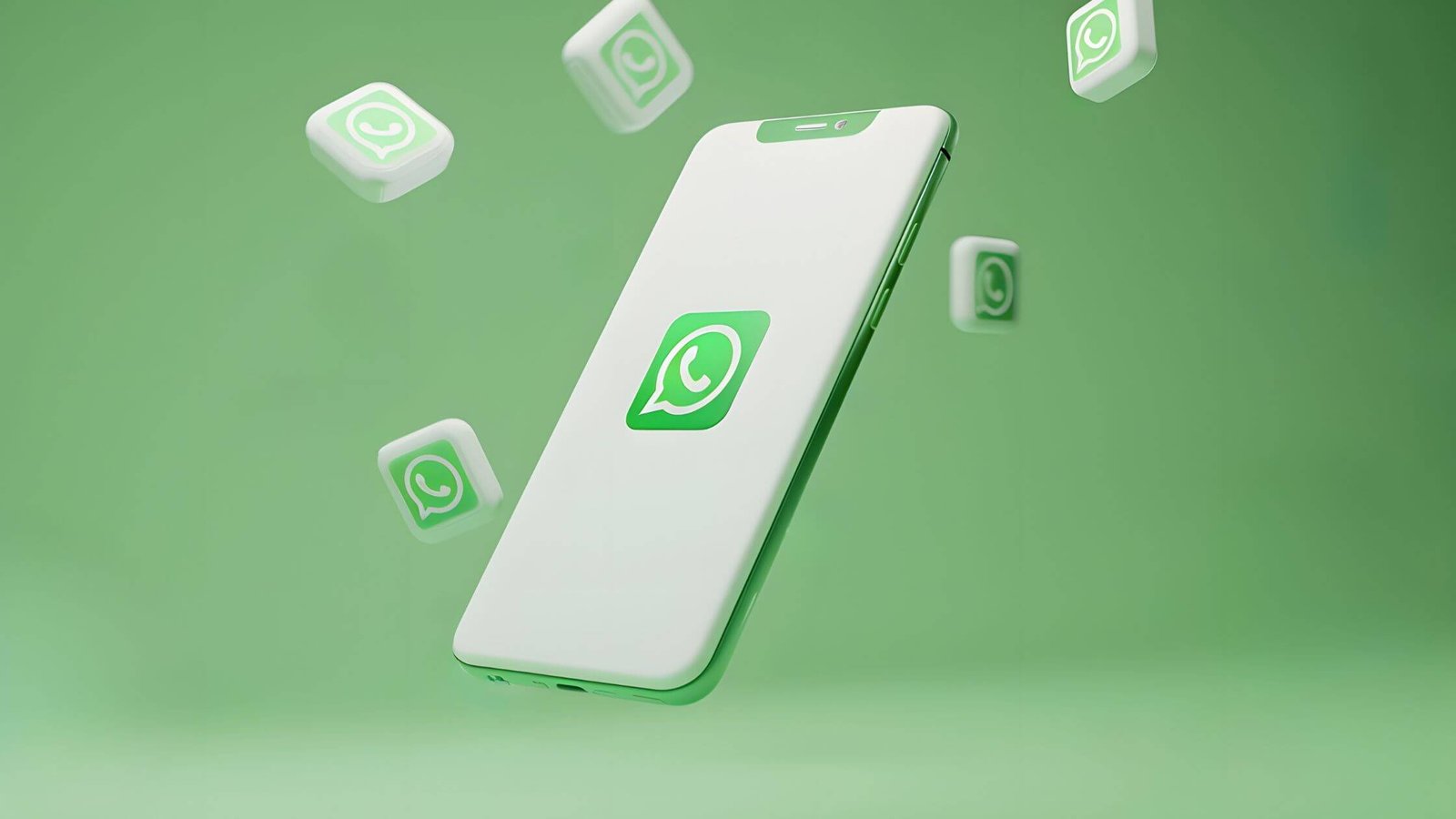In digital marketing, music can play a crucial role in setting the tone, evoking emotions, and reinforcing your brand’s identity. Whether you’re creating a promotional video, an advertisement, or content for social media, the right music can make your campaign more engaging and memorable. But how do you source music for your digital marketing efforts? Here’s a comprehensive guide to help you find the perfect soundtrack for your campaigns.
1. Define the Purpose of Your Campaign
Before diving into music sourcing, it’s essential to understand the goal of your campaign. Are you trying to inspire, entertain, or educate? Your music choice should align with the campaign’s objectives. For example:
- Inspiring campaigns: Opt for uplifting, motivational tracks.
- Entertaining content: Use upbeat, energetic music to keep the audience engaged.
- Educational material: Consider neutral or soothing background music that doesn’t distract from the message.
2. Understand Your Brand’s Personality
Music should reflect your brand’s identity. Think about the emotions you want to evoke and how the soundtrack aligns with your brand voice. For instance:
- A playful brand might choose quirky and cheerful tunes.
- A luxury brand might lean towards classical or ambient music.
- A tech-savvy brand might prefer modern, electronic beats.
3. Explore Different Music Licensing Options
When sourcing music, it’s critical to consider licensing to avoid copyright issues. Here are the main types of music licensing you should know about:
- Royalty-Free Music: A one-time payment allows you to use music without additional royalty costs, making it an ideal choice for small businesses with tight budgets.
- Creative Commons: Offers free-to-use music with specific terms of use. It’s important to review the license terms thoroughly to confirm you are compliant.
- Licensed Music: Purchase rights for a specific track. This option is often used for high-profile campaigns requiring exclusive or premium music.
- Custom Compositions: Work with a composer or sound designer to create unique music tailored to your brand.
4. Use Reliable Music Libraries
There are several platforms where you can source high-quality music legally. Here are some popular options:
- Epidemic Sound: Offers a vast library of royalty-free tracks for various genres.
- AudioJungle: A marketplace for affordable, license-based music.
- Free Music Archive (FMA): Features free tracks under Creative Commons licenses.
- Artlist: A subscription-based platform with unlimited downloads.
5. Match Music to Your Audience
Understanding your target audience is key. Music preferences can vary based on demographics, interests, and cultural factors. For instance:
- If your audience is younger, you might opt for trendy pop or electronic tracks.
- For an older demographic, consider classic or instrumental pieces.
- If your campaign targets a global audience, avoid lyrics that might alienate non-native speakers; instrumental music is often a safer choice.
6. Test and Gather Feedback
Before finalizing your music choice, test it with a sample audience or your team. Evaluate how well the track complements the visuals and message. Ask yourself:
- Does the music enhance the mood of the campaign?
- Is it distracting or does it blend seamlessly with the content?
- Does it elicit the desired emotion from your audience?
7. Keep Legal Compliance in Mind
Music copyright laws can be complex. Ensure you have the required permissions or licenses before using the music. Unauthorized use of copyrighted tracks can result in penalties, damage to your reputation, and the removal of your content from platforms.
8. Adapt for Different Platforms
Different platforms have unique audience behaviors and requirements. For example:
- Social Media: Choose short, catchy tracks that align with trends.
- YouTube: Choose royalty-free music to prevent copyright violations.
- Podcasts and Webinars: Choose soft background music that enhances but doesn’t dominate the conversation.
9. Stay Consistent
To reinforce your brand identity, consider creating a signature sound or using consistent music themes across campaigns. This helps your audience associate the music with your brand, strengthening brand recognition.
10. Stay Flexible and Experiment
Finally, don’t be afraid to experiment. Experiment with various music styles and genres to find what connects most with your audience. Digital marketing is a dynamic field, and being adaptable ensures your campaigns remain fresh and relevant.
Final Thoughts
Music has the power to elevate your digital marketing campaigns, leaving a lasting impression on your audience. By thoughtfully sourcing and integrating the right tracks, you can create compelling content that drives engagement and strengthens your brand. Start exploring the world of music for your marketing, and watch your campaigns come to life!





